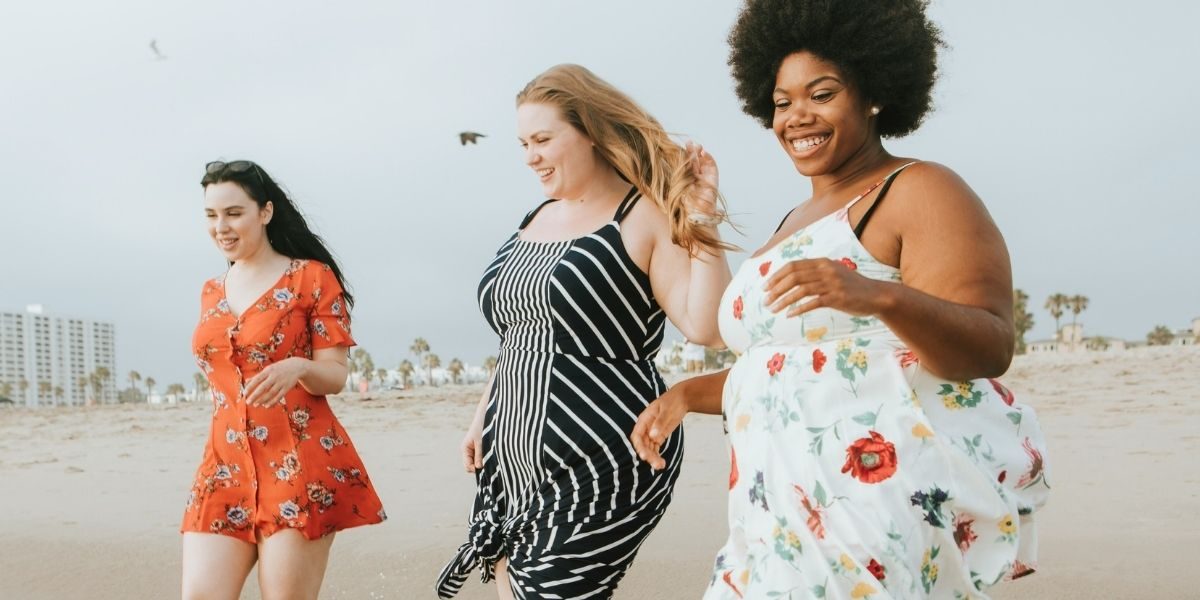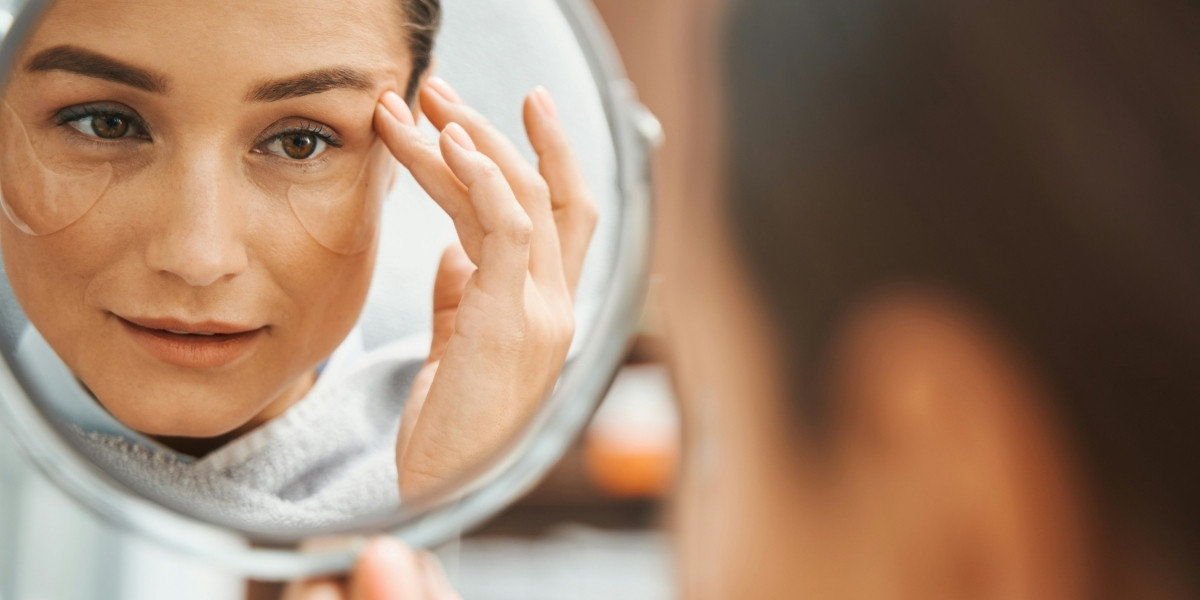Promoting Healthy Body Image in Fashion
In the world of fashion, the portrayal of beauty has long been dictated by narrow standards, often resulting in unrealistic expectations and negative body image for many individuals. However, in recent years, there has been a growing movement to promote a more inclusive and diverse definition of beauty—one that embraces all body types, skin tones, and abilities. This shift is crucial for cultivating a healthy body image in fashion, encouraging self-love and acceptance, and ultimately reshaping the way we perceive beauty.
Read Also: How to Use an Eyeshadow Palette Like a Pro
Why Is a Healthy Body Image Important in Fashion?
Fashion has an undeniable influence on how people see themselves and others. The images we encounter in fashion magazines, advertisements, and runway shows often set the tone for what society deems “beautiful” or “acceptable.” Historically, these images have been dominated by extremely thin models, perpetuating the idea that beauty is limited to one specific body type.
A healthy body image refers to having a positive perception of one’s body, appreciating it for what it is, and understanding that beauty comes in all shapes and sizes. The fashion industry, which has such a powerful platform, has the responsibility to promote this healthier, more inclusive definition of beauty. When fashion embraces diversity, it helps individuals of all body types feel valued and confident, reducing the negative effects of societal pressure.
The Shift Toward Inclusivity in Fashion
In recent years, the fashion industry has slowly but surely started to diversify its portrayal of beauty. More brands, designers, and models are challenging the traditional standards of beauty by embracing a wider range of body types, ethnicities, and gender identities.
The inclusion of plus-size models on runways and in advertising campaigns is one of the most visible changes in the industry. Brands like Aerie, Savage X Fenty, and Chromat have been leading the charge in promoting healthy body image by casting models of different sizes, shapes, and backgrounds. These efforts help to normalize the idea that beauty isn’t defined by a single body type or appearance.
Additionally, designers are beginning to create clothing for all body types, ensuring that fashion is accessible and flattering to everyone. This is a critical development, as it allows individuals of all sizes to feel represented and seen within the industry, contributing to improved self-esteem and body confidence.
How Does Social Media Impact Body Image?
Social media has played a pivotal role in changing the conversation around body image in fashion. Platforms like Instagram, TikTok, and Twitter have given a voice to individuals who do not conform to the traditional beauty standards once prevalent in mainstream fashion. Influencers, bloggers, and everyday people now use their platforms to celebrate diversity and promote healthy body image, challenging the unrealistic portrayals of beauty that still dominate much of the media.
Hashtags like #LoveYourBeautyStandards, #PlusIsEqual, and #BeautyBeyondSize have empowered people to embrace their bodies and reject harmful societal expectations. Social media allows for direct interaction between brands, creators, and consumers, facilitating a dialogue around body positivity and pushing for more inclusive representation in fashion. This democratization of beauty is helping to shift perceptions and normalize all body types as beautiful and worthy of attention.
The Role of Fashion Brands in Promoting Healthy Body Image
Fashion brands are powerful players in shaping public perception, and many are beginning to recognize their role in promoting a healthy body image. By featuring models of different sizes, ethnicities, and abilities in their campaigns, brands can help dismantle harmful stereotypes and create a more inclusive environment for all.
Aerie, for example, has gained praise for its “#AerieReal” campaign, which features unretouched photos of women with a variety of body types, skin tones, and disabilities. This approach challenges the industry’s reliance on airbrushed images and encourages women to embrace their natural beauty. Similarly, brands like Fenty Beauty and Chromat have become well-known for their commitment to inclusivity, offering a wide range of products and styles for people of all backgrounds and sizes.
Beyond visual representation, fashion brands are also taking action to promote a healthy body image through their marketing strategies. Many companies are now shifting away from using size-based labels in favor of promoting “fit” and “comfort,” recognizing that beauty is not defined by a specific number or size.
Why Fashion Education is Key in Promoting Healthy Body Image
Fashion education plays an essential role in shaping attitudes toward body image. Fashion schools and institutions are increasingly incorporating courses and discussions on body diversity, inclusivity, and the social impact of beauty standards into their curricula. By educating future designers, stylists, and industry professionals about the importance of healthy body image, the next generation of fashion leaders will be better equipped to make the industry more inclusive and representative.
Through education, individuals within the fashion industry can also learn how to create clothing that celebrates diversity and makes people feel comfortable in their own bodies. By teaching students about the cultural, historical, and social implications of beauty standards, fashion education can help pave the way for a more inclusive and body-positive industry.
The Impact of Healthy Body Image on Mental Health
A healthy body image has a profound impact on mental well-being. When people feel accepted and appreciated for who they are, regardless of their size or appearance, they experience increased self-esteem, confidence, and overall mental health. In contrast, the pressure to conform to unrealistic beauty standards can lead to body dissatisfaction, eating disorders, anxiety, and depression.
Promoting diversity in fashion can significantly contribute to better mental health outcomes by fostering an environment where individuals feel seen and valued. As more people see themselves represented in fashion, they are more likely to feel confident and empowered in their own skin. This, in turn, helps to build a healthier, more supportive culture in which everyone can thrive.
Moving Forward: What Needs to Change in Fashion?
While significant progress has been made, there is still much work to be done in promoting a healthy body image in fashion. To continue the momentum, the industry needs to:
-
Increase Representation: Fashion should continue to feature models of all body types, ethnicities, abilities, and ages to ensure that everyone feels represented.
-
Normalize All Bodies: Beauty should not be confined to a narrow set of characteristics. Fashion needs to embrace the reality that beauty comes in all shapes, sizes, and forms.
Read Also: How Proper Handwashing Can Prevent Germs and Illness
-
Redefine Beauty Standards: The fashion industry needs to move away from the rigid beauty standards of the past and embrace the diverse, evolving ideas of beauty that exist today.
-
Support Mental Health: The fashion industry can play a vital role in promoting mental wellness by creating inclusive environments where people feel safe, valued, and empowered.
By continuing to make strides in these areas, fashion can help cultivate a more inclusive and accepting world, where a healthy body image is celebrated, and beauty is defined by authenticity, not conformity.





